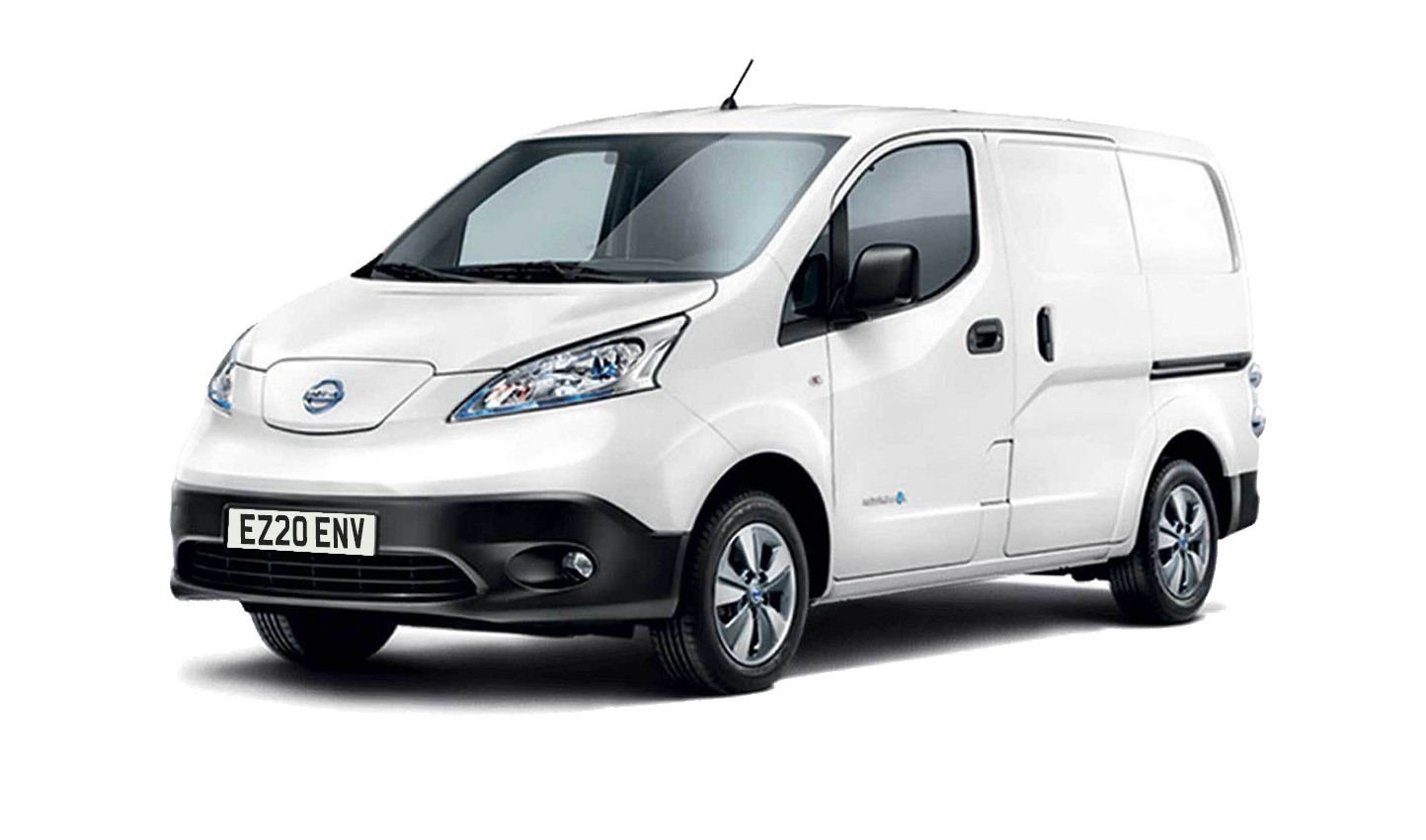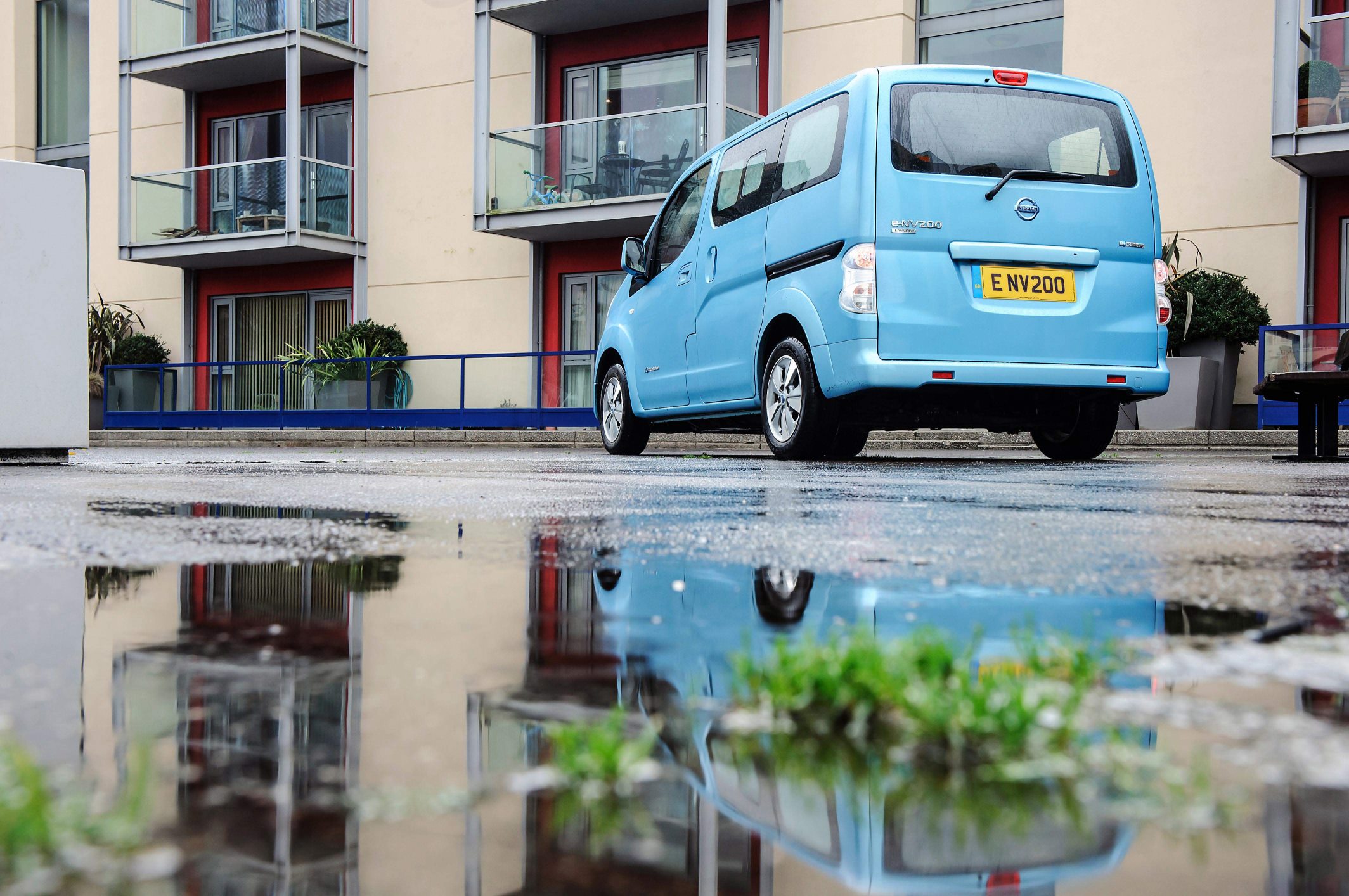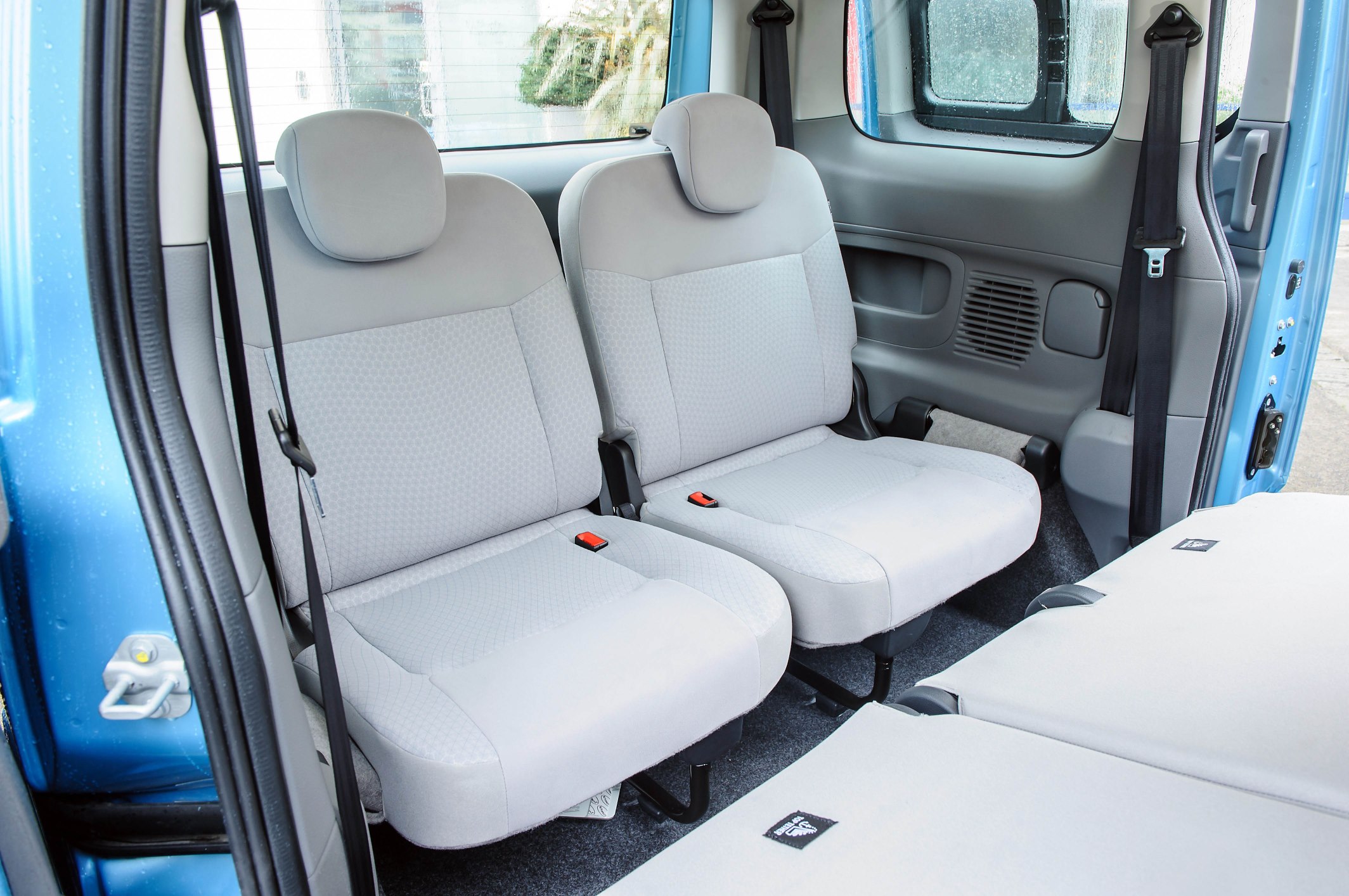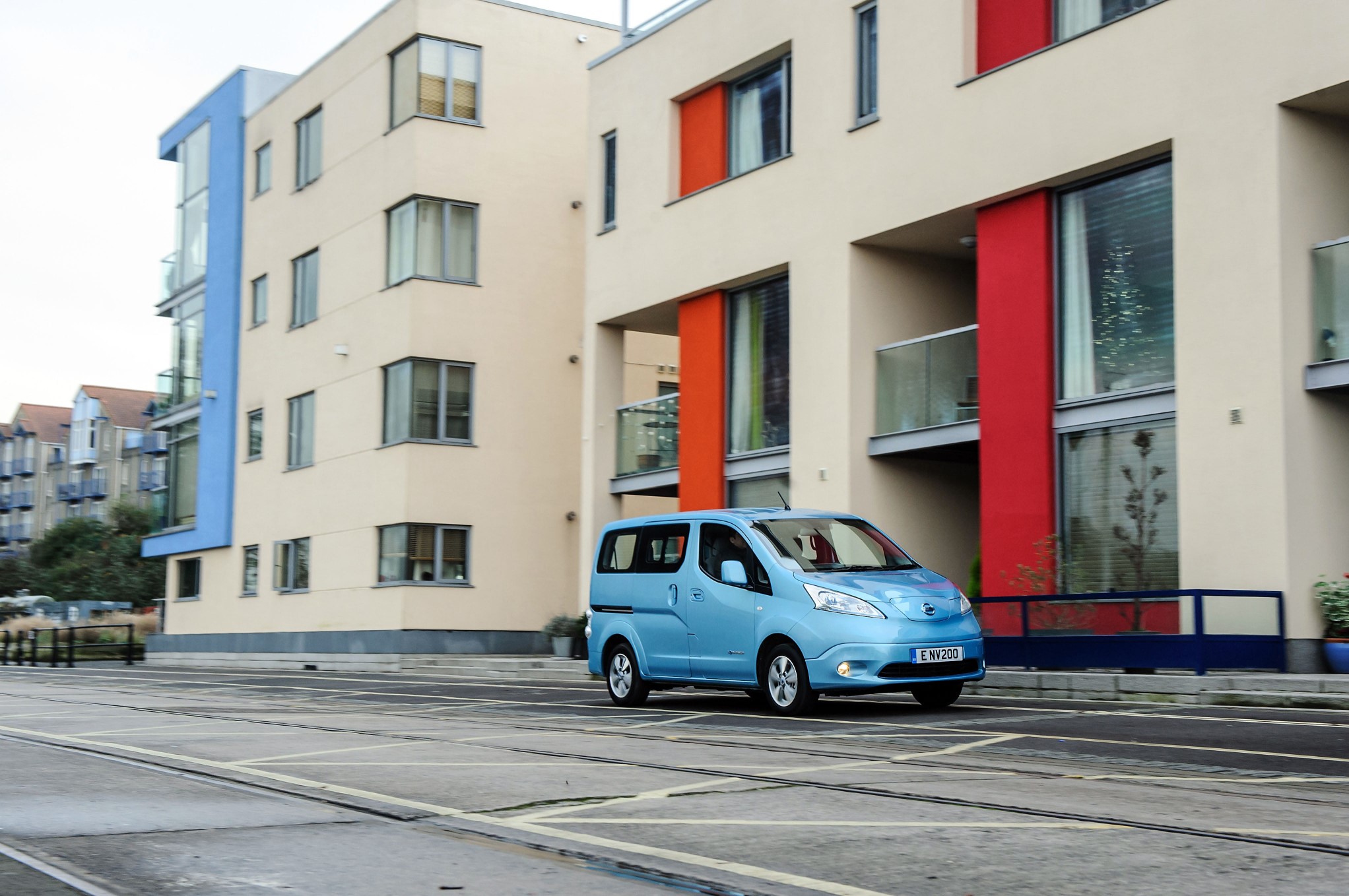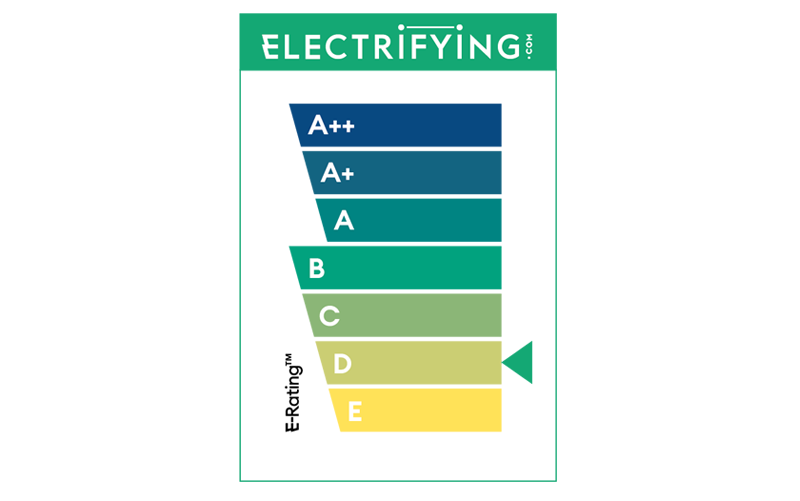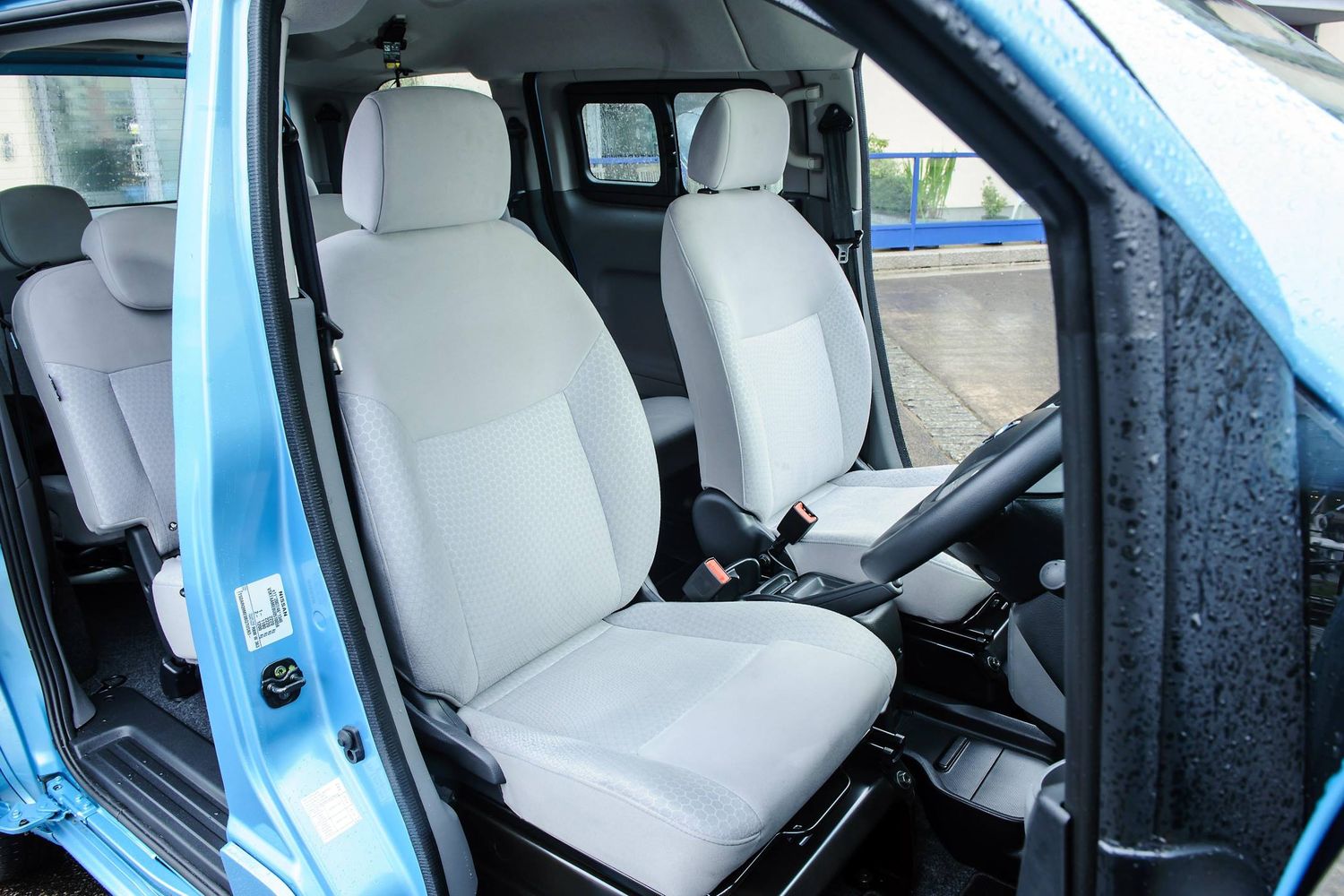Practicality and Boot Space
Despite having a battery pack stashed underneath the floor, the load space of the e-NV200 is the same as the (now discontinued) diesel version. That means it’s bigger than most of the car-derived vans and is able to swallow two standard-sized Euro pallets with a weight of up to 705kg. That’s about 35 fully-loaded holiday suitcases, one and a half Renault Twizys or more than 2,000 cans of Coke.
The Combi comes with either five seats and a massive 1,900 litre boot (bigger than most estate cars with the seats folded down) or seven seats and a still-reasonable 600 litres.
As the e-NV200 is taller than most vans in this class it is ideal for businesses which need to carry higher loads such as hanging clothing, plants and furniture. The exact maximum dimensions of the load space are 2,040mm long by 1,500mm wide and 1,358 high, but there is some intrusion from wheel arches and other lumps.
This load space can be accessed via two sliding side doors and a pair of side hinged rear doors. A steel bulkhead is fitted across the van range as standard.
Technology
Under the skin, the Nissan e-NV200 has exactly the same sophisticated control systems for the motor and chargers as the Leaf car, which means it is a very advanced vehicle. But all this technology might not be immediately apparent to the driver of the van who gets a pretty raw deal. The equipment list on the two lower trim levels includes such items as an AM/FM radio and CD player which most teenagers would consider an antique.
There are a few bright spots though. All e-NV200s have an ‘intelligent’ key and push-button start, Bluetooth and a USB connector so you can at least listen to a music format from this century.
If you want to treat yourself or your employees to a bit more luxury, the middle trim level adds a rear view camera and cruise control. The top Tekna gets navigation and automatic lights.
The passenger-carrying Combi models get a few extra trinkets on the top Evalia trim, including a DAB radio and LED headlamps.
More useful is a telematics system called NissanConnect EV which digitally tracks and exchanges data about mileage and charging status remotely. If you’re managing a fleet of e-NV200s it will make admin and monitoring much easier.
Safety
It’s tricky to compare the safety levels of cars and vans, especially as most businesses will be more interested in keeping the list price of a working vehicle as low as possible, so safety kit can fall down the list of priorities.
As a consequence, the e-NV200 doesn’t come packed with gadgets to help keep you safe such as lane departure warnings, automatic braking assistance. The entry level Visia doesn’t even have side or passenger airbags.
On the positive side, the e-NV200 has better visibility than most small vans, a tyre pressure monitoring system and the mid-range version upwards gets a reversing camera.
The independent testers at Euro NCAP did test a Combi passenger version of the e-NV200 in 2014 and it got a pretty poor three-star rating. If it was tested today under the stricter rules it would fare even worse.
Although it is comparable to most other commercial vehicles and isn’t likely to be a worry if most of your day is spent at low speed in traffic, it might play on your mind if you’re looking for an all-electric alternative to a conventional people carrier.











